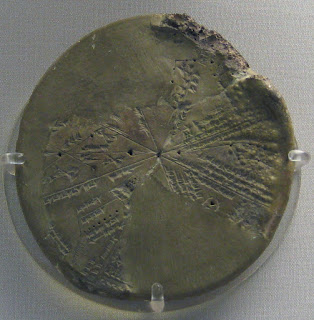Plato & Atlantis – The Probability of Coincidence

As a person I am always suspicious of coincidence. Whenever I hear this word, an alarm sets off in my head. In my book “ Our Unknown Ancient Past: Thoughts and Reflections on the Unexplained Mysteries of Prehistory ” I state that it cannot be a coincidence that Plato’s date of Atlantis’ destruction (9.600 BC) is spot on, coinciding with the abrupt end of the Younger Dryas (9.600 BC). Chances are that this is no coincidence, but what exactly are those chances? Here I would now like to elaborate on that. Let’s agree that Plato being precise means that his date is plus/minus 100 years off from the actual date that the Younger Dryas ended. We could define this 200-year period to be even shorter but let us take the least favorable scenario. Now, there are 47 such periods within the range of 600 BC (when Solon heard the story of Atlantis from the Egyptian priest) up to 10.000 BC. Why take 10.000 BC and not 15.000 or 20.000? Well, Plato could have placed Atlantis even further...

